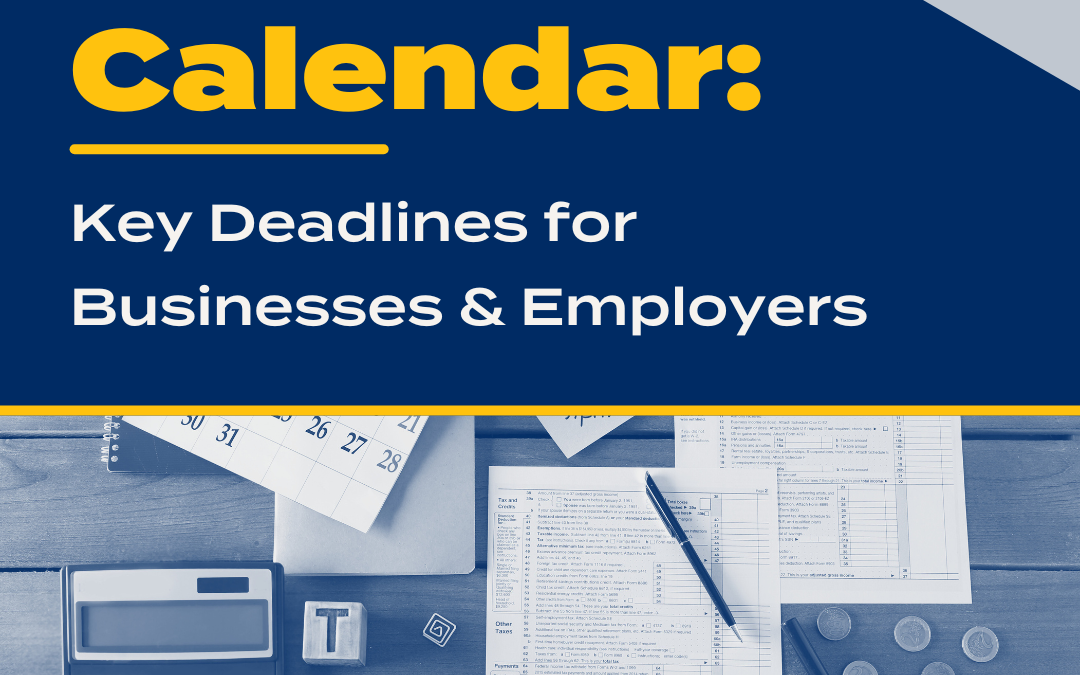Keeping your financial records in order is very important to the success of your business and ensures that your financial statements are accurate. Follow these steps to make the close of your fiscal year easy to execute.
1.) Review your profit and loss statements in mid-December.
What does your revenue look like now that the year is almost over? Do you anticipate future invoices or expenses to greatly affect your profit? If your profit is large, talk to your tax advisor to see if there are ways to lessen your tax burden.
2.) Verify your vendor and lender files.
Review information relating to any current outstanding loans. Verify vendor 1099 information is up-to-date and that you have accurate W-9 Forms. Forms 1099 and 1096 are due to the IRS by 1/31/2020. These forms are due to Minnesota and Wisconsin by 1/31/2020 – if you file 10 or more 1099 forms, you must file electronically for both states.
3.) Take inventory.
If you sell products, take a physical inventory and compare the results to the QuickBooks Inventory Valuation Report. Make any necessary adjustments in QuickBooks. Also, be sure to review your sales and use tax records so you are prepared to complete your annual/quarterly sales tax filings.
4.) Reconcile all of your accounts and review A/P, A/R & Fixed Assets.
- Reconcile your credit card and bank accounts. Verify the statements match your records and investigate any unexplained discrepancies.
- Uncleared transactions older than six months should be reviewed. Verify these are actual transactions and not duplicates. If you have uncashed checks, review the Unclaimed Property rules for your state.
- Review A/P for unapplied credits.
- Review A/R for unapplied credits. Write-off outstanding receivables that are considered to be uncollectible.
- Prepare a list of equipment, vehicles and/or fixtures that were acquired or disposed of during the year for your accountant. If a single item was valued at $2,500 or more, the item should be entered as a fixed asset and not expensed.
5.) Review and update employee info.
- Run reports for year-end (Employee Details, Payroll Details, Wage and Tax Summary).
- Confirm your employees’ social security numbers, legal names, and current addresses.
- Make sure all employee paychecks have been recorded (handwritten, termination, commission, and bonus checks). Verify employees’ wages and benefits are correct.
- Review sick and vacation policy settings, confirm sick and vacation hours used.
- Review tax rates and settings.
- Update state unemployment insurance (SUI) rates effective 1/1/2020.
- Review and update any federal or state deposit schedules.
- Prepare and file payroll tax forms (940, 941, W-2’s and W-3) by 1/31/2020.
- Distribute employee W-2s by 1/31/2020 for Wisconsin and Minnesota.
6.) Create a budget for the next year.
Review your financial statements from the current year and create a budget to plan for the next year. By taking stock of your expenditures from the current year, you’ll have a better understanding of where to focus your efforts moving forward.





